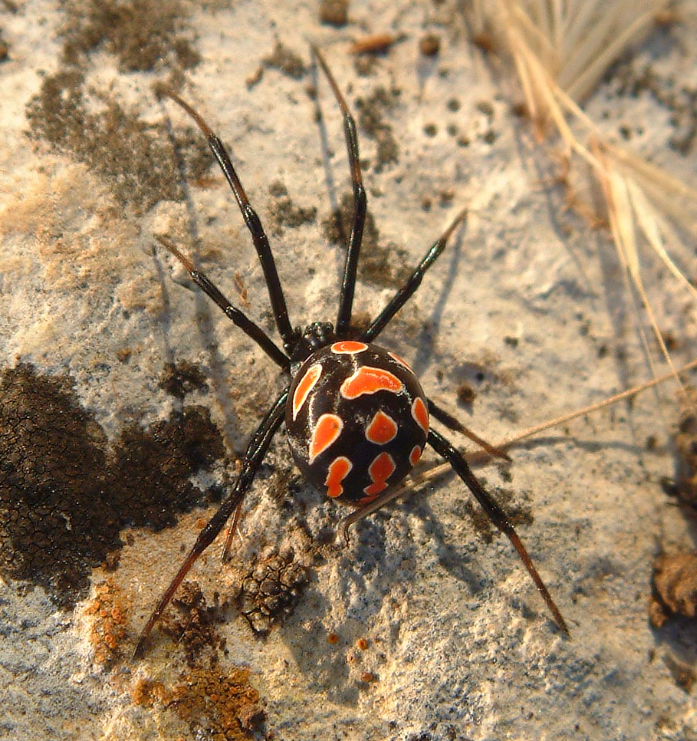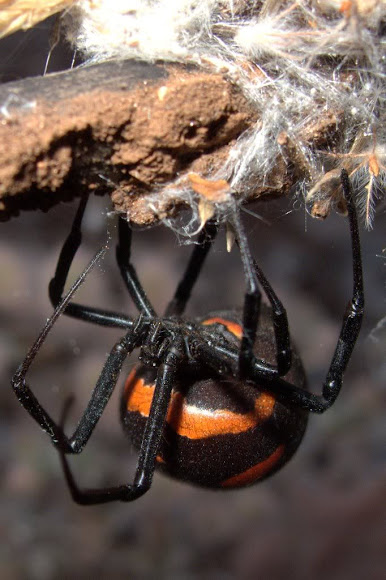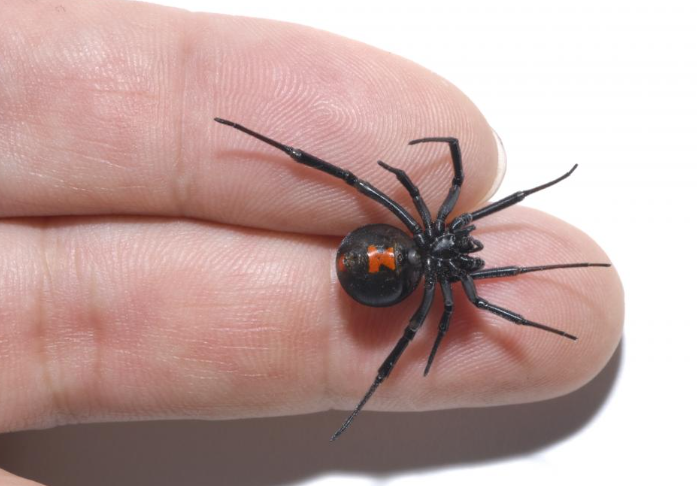While beautiful and richly diverse, Spain's fauna presents some urgent warnings to the unassuming tourist and luscious nature lover. Among them, the dizzying world of arachnids, specifically a dwelling danger lurking in the form of Spain's most dangerous spider. We delve into the life of the Mediterranean Black Widow spider, known scientifically as Latrodectus Tredecimguttatus. Let's take a look at the spider's habitat and its identifying characteristics, venom potency and the criticality of an antidote.

Habitat – The Mediterranean Underworld
The Mediterranean Black Widow is predominantly found in the Mediterranean Region of Spain, naturally. Their fondness for warm climates leads them to inhabit vineyards, forests, and rural dwellings such as barns, sheds, and stone walls. Wherever you are, always remember to approach unfamiliar areas with caution!
These spiders are not keen on confrontation and prefer to stay hidden, keeping to the shadowy nooks and crevices. However, their elusive nature doesn't undermine their potential threat. So, let's delve into how to recognise this silent predator.
Recognising the Danger
Identifying the Mediterranean Black Widow can be unnerving, but it’s essential for your safety. Typically, these spiders embody a glossy, black exterior adorned with thirteen red or occasionally yellow spots on the dorsal side of the abdomen, hence the name "Tredecimguttatus" (Latin for thirteen-spotted).
Female spiders are significantly larger than males, reaching sizes up to 1.5cm while males stand smaller at 0.5cm. The females' size is not just to assert dominance, but it also houses a more potent venom. However, both genders pose critical risks to humans, especially children, the elderly, and those with allergies.
An additional identifier is their web. Characteristically messy and unstructured, the web serves as a functional trap rather than a display of arachnid artistry. So, if you stumble upon such a web, keep your distance, and be vigilant!

Potency of Venom
It isn't their menacing appearance that awards these spiders their dangerous reputation, but rather the potency of their venom.
A Mediterranean Black Widow’s venom is fifteen times more potent than a rattlesnake's, gramme for gramme. This deadly cocktail is a neurotoxic toxin, causing severe muscle pain, cramps, abdominal pain, tachycardia, and, in rare cases, seizures. The venom is quite dangerous because, rather ironically, it is a painless bite, often leaving victims unaware until the symptoms start showing up—a silent bullet, if you will.
The persistent pain and discomfort, known as Latrodectism, can last from a few days to weeks. This lethargic aftermath often results in hospital stays. However, contrary to popular belief, the spiders aren’t aggressively venomous; they only bite in self-defence when provoked or threatened.
Nevertheless, should you ever be bitten, it is essential to seek medical attention promptly due to the venom's potency.
The Antidote – A Race Against Time
Addressing the bite immediately is critical, especially if severe symptoms start to manifest. Most Mediterranean Black Widow bites are manageable with general pain relief and muscle relaxants. These are mainly to control the pain and cramping caused by venomous toxins.
However, for high-risk individuals or severe bites, an antivenom is available for use, known as the Black Widow Spider Antivenin. This antivenin can nullify the effects of the venom, leading to a rapid improvement of symptoms.
Yet, acquiring the antivenom can be challenging due to its limited manufacturing following adverse reactions reported in rare instances. Therefore, the use of antivenom is generally reserved for severe and life-threatening cases. Hydration and rest, accompanied by medications, usually carry the patient through the worst of it.

While the Mediterranean Black Widow keeps to itself, it surely isn't a spider to be taken lightly. Understanding its habitat, identifying the spider securely, recognising the threat of its venom and knowing the importance of prompt action with the antidote - all work towards securing your safety in your next Spanish venture.
Let’s remember, all creatures, dangerous or not, have as much right to live as we do. Practice caution, enjoy the astounding beauty of Spain, and remember, a spider is more afraid of you than you are of it! So, let's respect their space and stay safe.